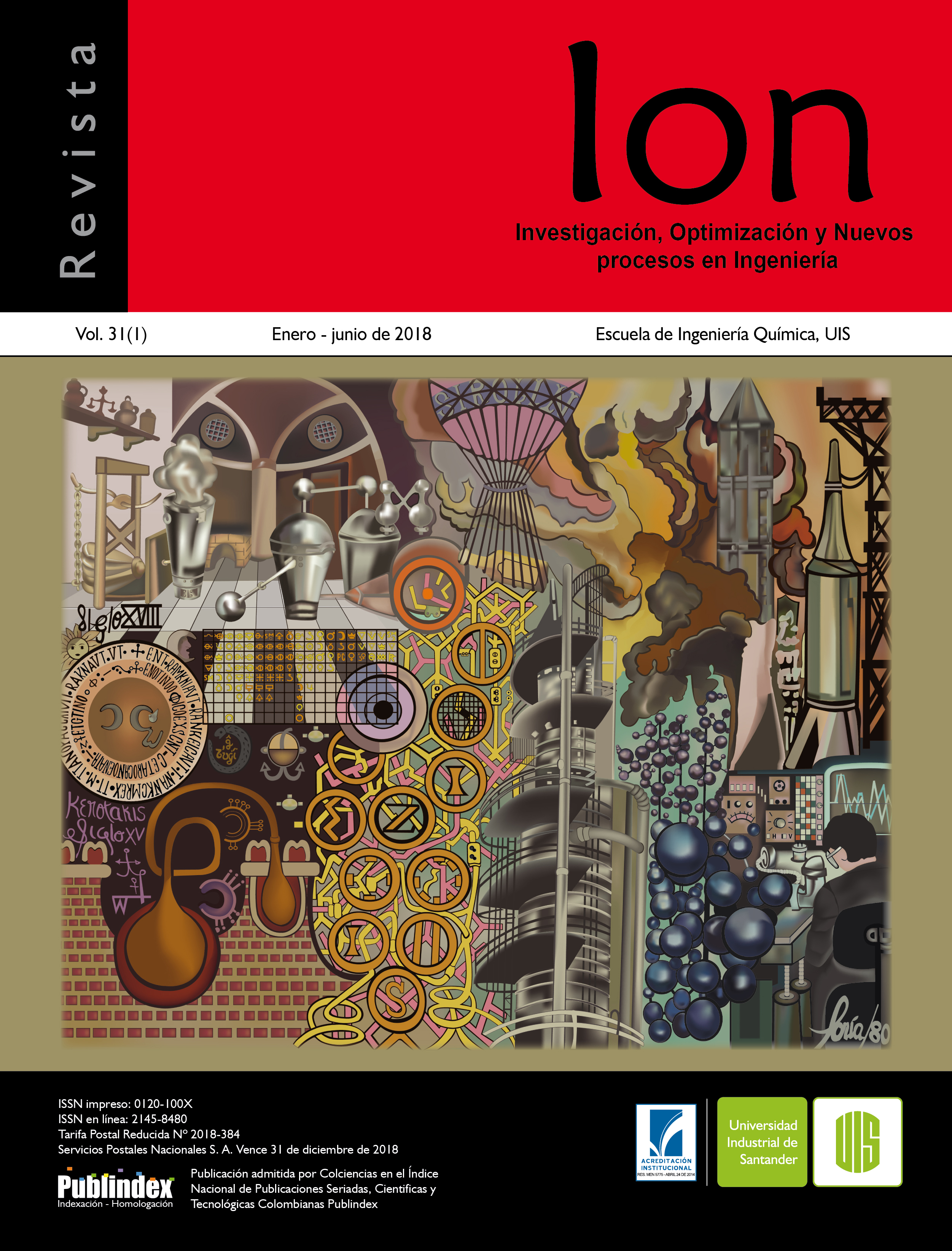Chemical Physical Characterization and Phenolic Content of Beet (Beta vulgaris L.) in Fresh and Subjected to Thermal Treatment
Published 2018-09-28
Keywords
- tuber,
- phenols,
- temperature,
- cooking time
How to Cite
Abstract
Beet (Beta vulgaris L.), is a plant of the Amarantáceas family, originally from southern Europe. Its red variety is a food especially rich in vitamin C and in flavonoids, antioxidants that are a potent anticancer, so that its regular ingestion in a balanced diet helps to prevent the appearance of cancer. It is also a protector against cardiovascular diseases; Flavonoids are natural pigments that are synthesized in plants and protect the body from damage caused by oxidizing agents. The human body can not produce these protective chemicals, so they must be obtained by feeding or in the form of supplements. They are widely distributed in plants, fruits, vegetables and various beverages. The objective of this research was to physicochemically characterize the beet in fresh condition and after being subjected to thermal treatment. The samples were characterized in the parameters of color, carbohydrates, pH, humidity, water activity, titratable acidity, texture and phenolic content in fresh state and after the thermal treatment at an average temperature of 86 ° C and at different times (0, 8, 10 and 12 min). The beetroot that best preserved the physicochemical properties was the one subjected to the cooking time of 12 minutes with a soft and crunchy texture, a content of phenols of 1.4204 mg GA / g, higher content of soluble solids (6.76 ± 0.17° Brix), higher% titratable acidity (0.062% ± 0.008) and lower pH (4.56 ± 0.02).
Downloads
References
[2] Santos MI, Cavaco A, Gouveia J, Novais MR, Nogueira PJ, Pedroso L, Ferreira MS. Evaluation of minimally processed salads commercialized in Portugal. Food Control. 2012;23(1):275-81.
[3] Artés F, Allende A. Minimal fresh processing of vegetables, fruits and juices. En: Emerging technologies for food processing. San Diego, California: Elsevier Academic Press; 2005.
[4] Official methods of Analysis (Normas AOAC).16th ed. USA: Association of official Analytical Chemists; 1982.
[5] Morilla JM, Delgado JM. Análisis nutricional de alimentos vegetales con diferentes orígenes: Evaluación de capacidad antioxidante y compuestos fenólicos totales. Nutr. Clín. Diet. Hosp. 2012;32(2):8-20.
[6] Quintero V, Giraldo G, Lucas J, Vasco J. Caracterización fisicoquímica del mango común (Mangifera indica L.) durante su proceso de maduración. 2013;11(1):10-8.
[7] Hernández R, Candelas C, Meza V, Minjares, F. Estabilidad en el color y la concentración de carotenos en zanahorias escaldadas a diferentes temperaturas. En: Artículo XII Congreso nacional de ciencia y tecnología de aliemntos. Guanajuato, Mexico: Universidad Guanajuato; 2010.

